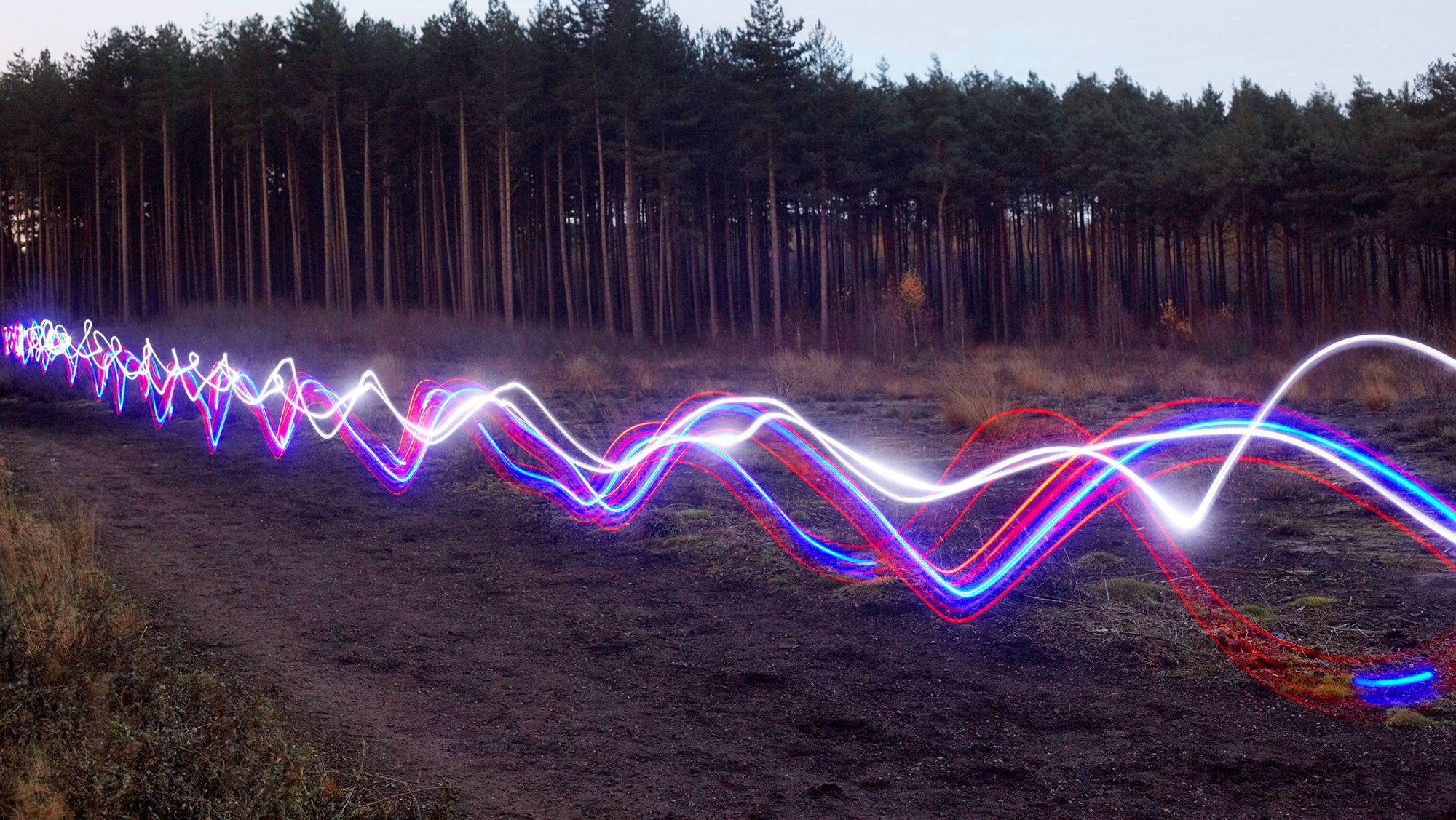FCC's New Broadband Map Debuts Nov. 18
NTIA says broadband billions will start flowing June 2023

The Federal Communications Commission said it will release a first version of its long-awaited, potentially more accurate, revised broadband availability map on Nov. 18, with the Biden Administration saying it would start handing out tens of billions in broadband subsidies mid-2023 based on that presumably better location data.
The commission has been working on gathering better data — officially its Broadband Data Collection (BDC) effort — under orders from Congress in the Broadband DATA Act and on its own dime.
The map is meant to more accurately target the tens of billions of dollars in broadband subsidies that are being given out to achieve the Biden administration’s pledge of universal broadband access by decade's end.
The National Telecommunications & Information Administration, the commerce department agency handing out most of those broadband subsidy billions to states, said that given that Nov. 18 date, it would start handing out $40 billion-plus in state broadband subsidies June 30, 2023, as part of the the Broadband Equity, Access and Development (BEAD) program.
"The FCC's upcoming challenge process is one of the best chances to ensure that we have accurate maps guiding us as we allocate major Internet for All awards in 2023," said NTIA chief Alan Davidson. "I urge every state and community that believes it can offer improvements to be part of this process so that we can deliver on the promise of affordable, reliable high-speed Internet service for everyone in America."
Davidson also said it would be best to get those challenges in by Jan. 13 to give entities eligible for the subsidies enough time to challenge and make sure the FCC corrects the map before it starts handing out BEAD allocations.
Also: FCC Previews New Broadband Data Collection Tool
Multichannel Newsletter
The smarter way to stay on top of the multichannel video marketplace. Sign up below.
The Nov. 18 release is being billed as a preproduction draft, a first "iteration" that will be revised and refined based on challenges to the map from stakeholders and individuals. The FCC signaled it would also accept "bulk" challenges from states, tribal governments and others.
The difference between the current map and past iterations that have drawn criticism for alleged inaccuracies is that, formerly, the maps were based on broadband availability at the census block level, which the FCC says allowed unserved locations to be "hidden" within census blocks with service elsewhere.
Also: Senators Say FCC Should Diversify Broadband Mapping Data
The current map combines availability data with more specific "location fabric" data that, official and stakeholder fingers crossed, will result in a more accurate picture.
Cable broadband operators, local governments and others who wanted to challenge that location data as part of the BDC have been able to do so since September as the FCC prepared to release the map draft.
NTIA says it called every ISP in the country to remind them of their BDC reporting obligations.
"It is nice to see the FCC move quickly to produce the map, which will both add important information and ultimately help create accurate and granular maps relied upon by the NTIA and the states for the BEAD program," said a spokesperson for WISPA, which represents fixed wireless internet service providers, equipment suppliers and support services. "WISPA and its membership are eager to ensure the maps achieve their underlying purpose – to direct coverage in a manner that is not wasteful, avoids needless overbuilding, and quickly gets broadband to all of the unserved and underserved." ▪️
Contributing editor John Eggerton has been an editor and/or writer on media regulation, legislation and policy for over four decades, including covering the FCC, FTC, Congress, the major media trade associations, and the federal courts. In addition to Multichannel News and Broadcasting + Cable, his work has appeared in Radio World, TV Technology, TV Fax, This Week in Consumer Electronics, Variety and the Encyclopedia Britannica.

